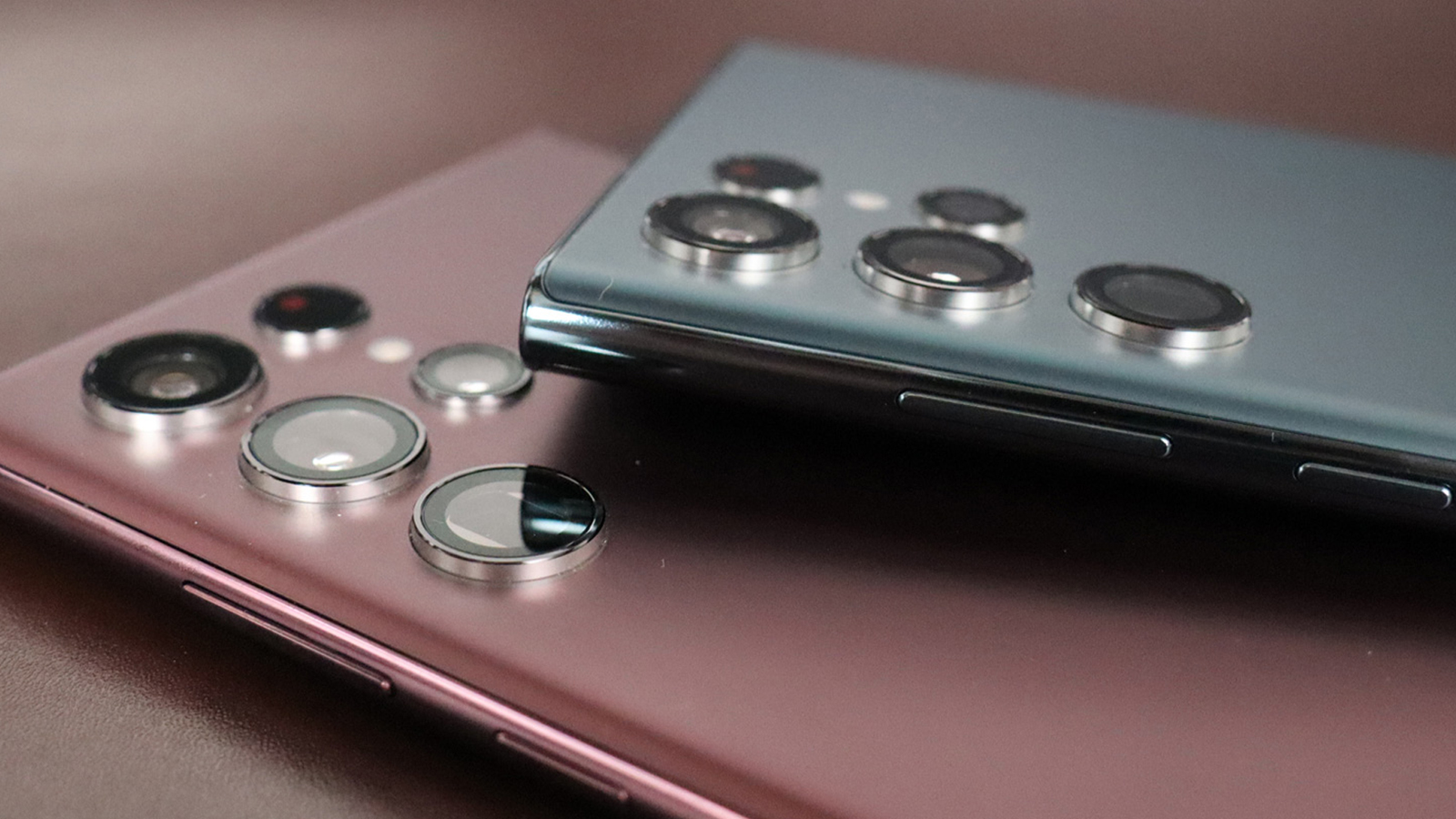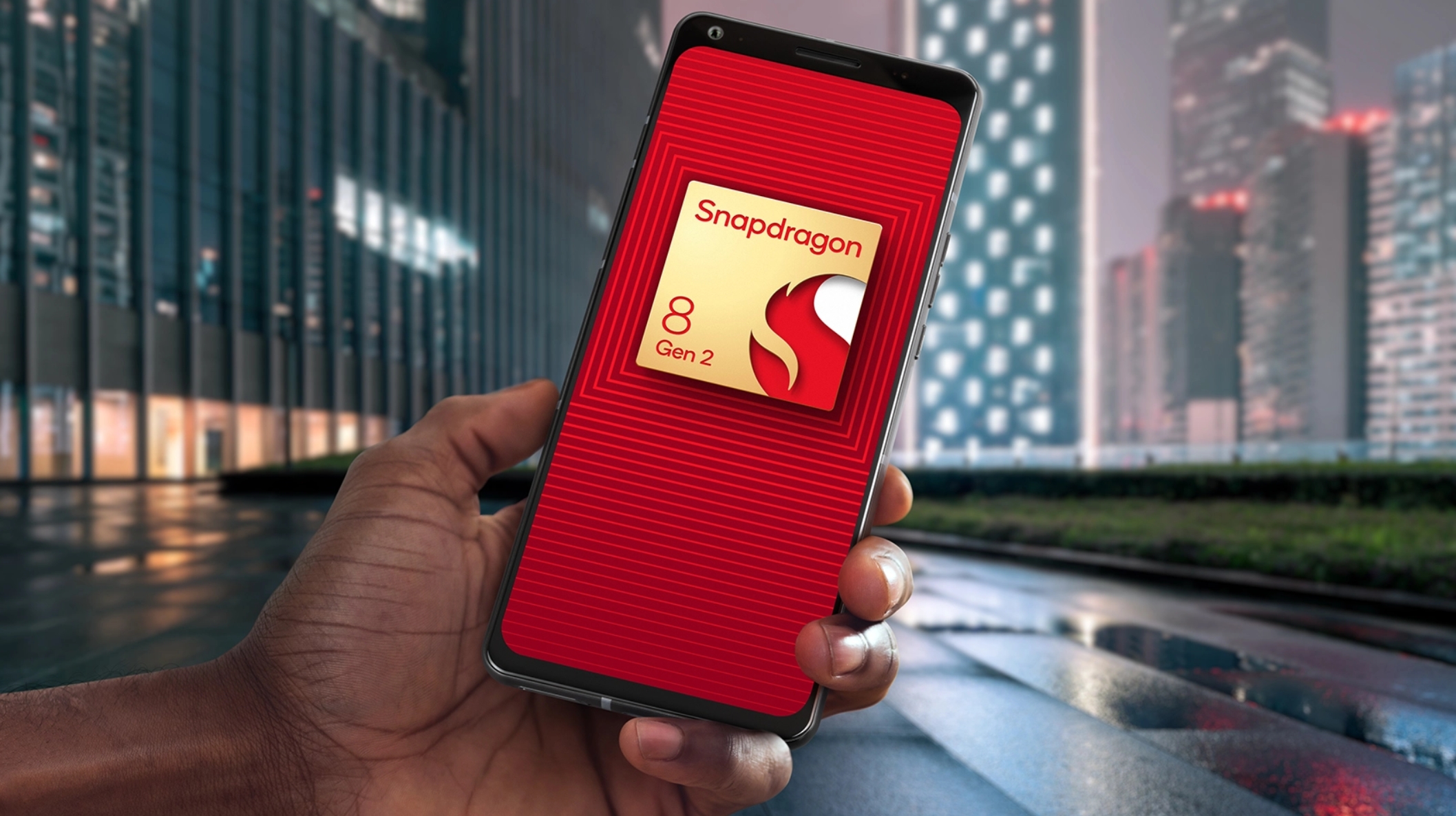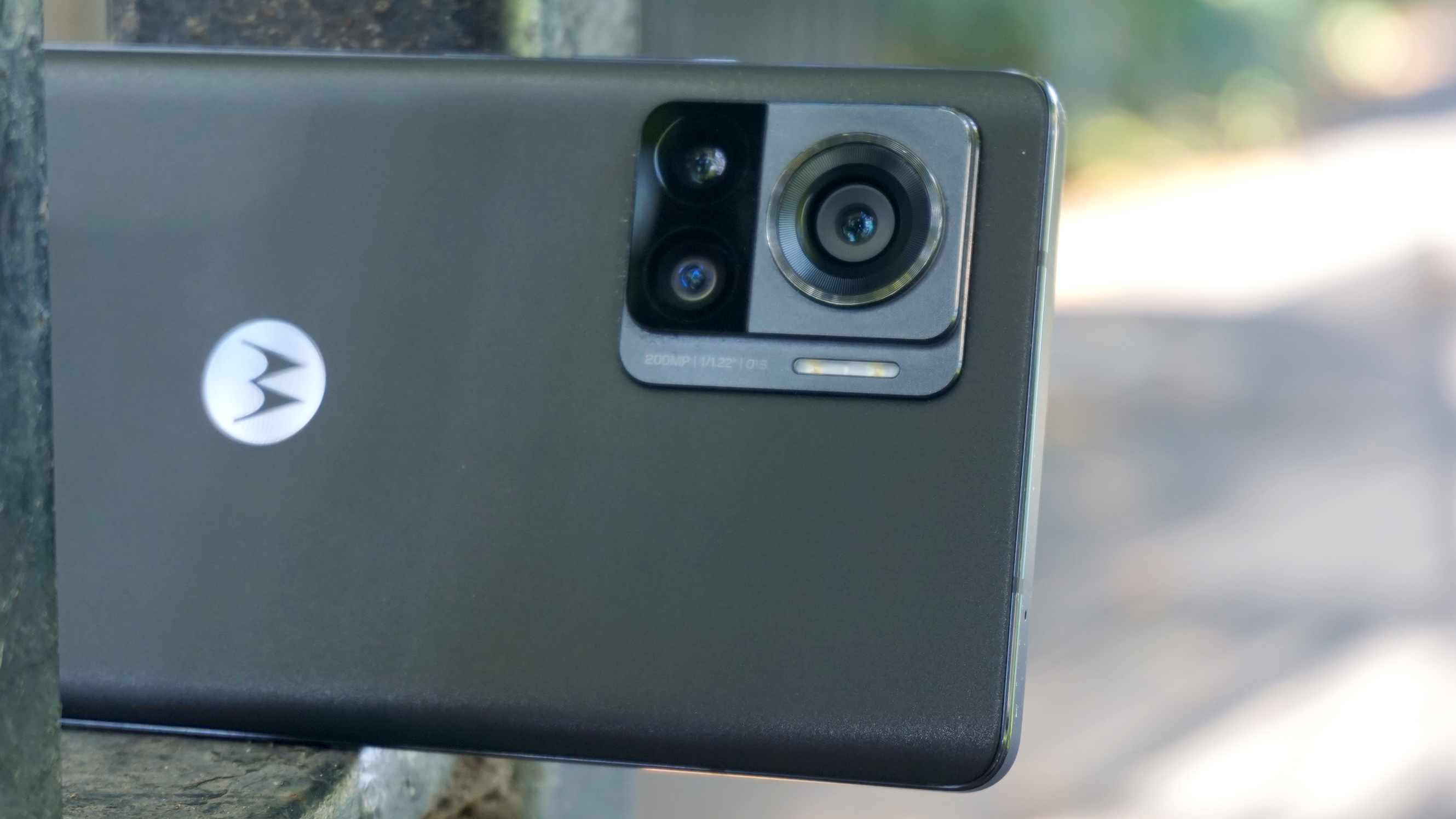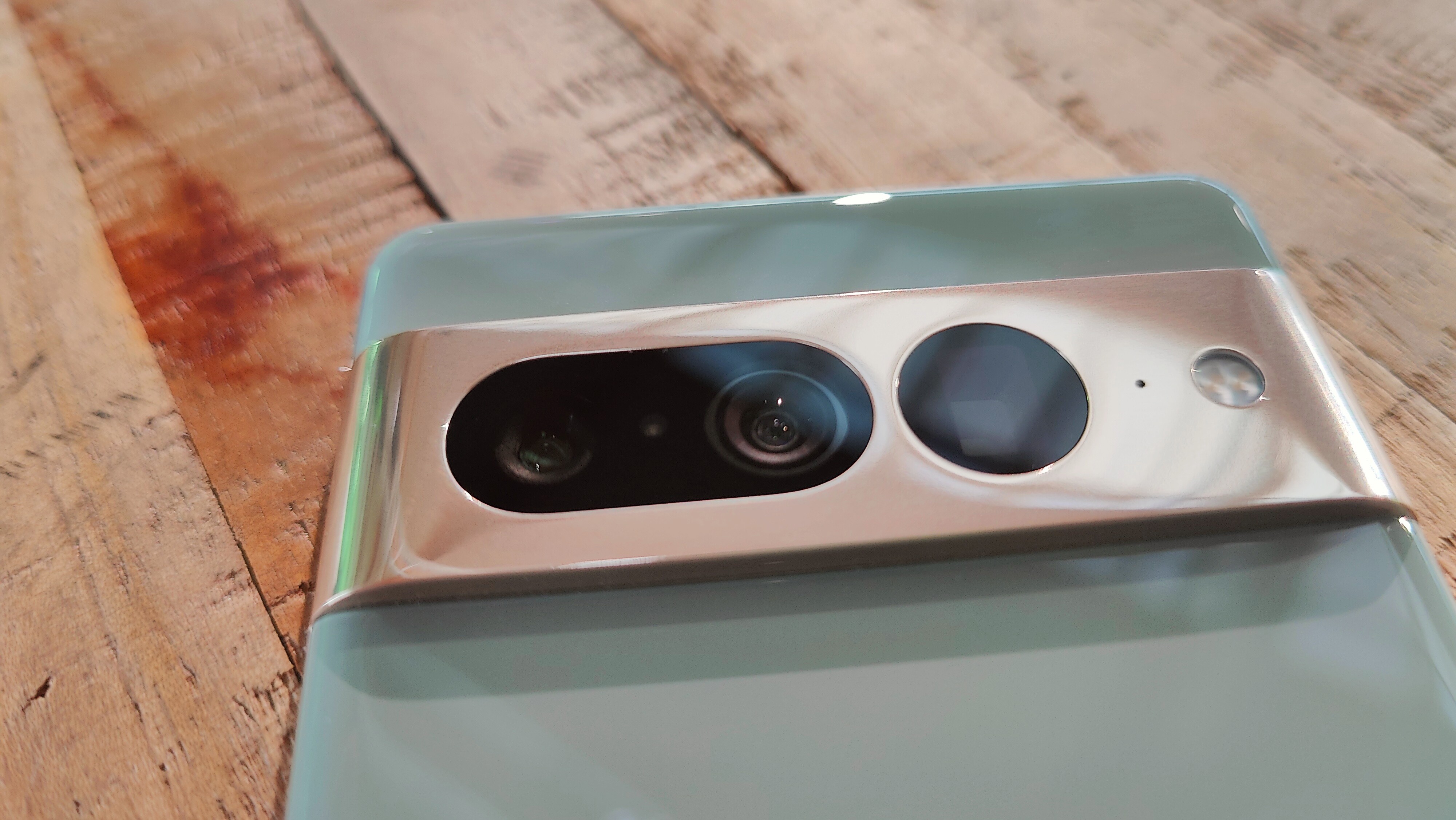Forget the next iPhone, the Galaxy S23 Ultra is next year's most important launch
Faster chips and bigger cameras

You might think that the best phone launch of the year happens in September when Apple announces its newest iPhone 15. In fact, the most important phone event happens in February when Samsung sets the hurdle that every new smartphone will need to leap or duck under. After we see the Galaxy S23 Ultra at Samsung Unpacked (assuming we do), the only question left is how will Apple, Google, and others try to beat it.
That’s going to be especially hard this year. We get a good idea of what parts will make up a new smartphone long before it’s launched. Since most manufacturers buy from the same parts makers, it’s hard for a phone maker to set itself apart. Launching a phone at the beginning of a new year’s launch cycle is especially daring.
A better Qualcomm Snapdragon 8 Gen 2 platform
Take the mobile platform. Last year, Samsung launched the Galaxy S22 Ultra with the Qualcomm Snapdragon 8 Gen 1 chipset. It was the best platform you could buy outside of an iPhone, but it wasn’t a Samsung exclusive. By the time Samsung announced its Galaxy Z Fold 4 in August, it was already time to upgrade to the Snapdragon 8+ Gen 1.
What’s worse, last year’s Galaxy S22 didn’t launch with the latest Qualcomm chips in every region. Some areas got a Samsung Exynos platform inside, and testing showed the Qualcomm device was the superior phone.
This year, Samsung is taking no chances. Not only does every region get a brand new Qualcomm Snapdragon 8 Gen 2 mobile platform inside, Samsung is offering a better chip than competitors will use, making it possibly the most powerful phone you can buy. Rumors suggest that Qualcomm will overclock the Snapdragon in Samsung phones to give the devices a speed advantage over the rest of the Snapdragon 8 Gen 2 phones.

Of course, we will definitely see faster chipsets from Qualcomm before the year’s end. Samsung won’t hold the performance crown for the entire year, but it’s possible it could defend the title until reinforcements arrive in August in the form of a possible Galaxy Z Fold 5.
The wild card is the new MediaTek Dimensity 9200 mobile platform that could show up in competitors like the Oppo Find N2. MediaTek has made quality chips for mid-range devices, as well as some flagship phones sold outside of the US market. The latest high-end chipset takes aim at Qualcomm’s Snapdragon, and MediaTek is talking up its graphics performance like we’re back in the old days of gaming console wars. We expect heated competition.
Get daily insight, inspiration and deals in your inbox
Sign up for breaking news, reviews, opinion, top tech deals, and more.
That wild 200MP Samsung camera sensor
If you’ve been following the Samsung Galaxy S23 rumors so far, you know that the Snapdragon 8 Gen 2 platform isn’t even the most exciting spec upgrade. Qualcomm has hinted for months that it would be the exclusive partner for the Galaxy S23. It’s the Samsung 200MP camera sensor, a huge leap in resolution, that has us really excited.
Qualcomm says that the Snapdragon 8 Gen 2 image signal processor can handle 200MP images, but that doesn’t mean manufacturers will reach for that extreme level of sensor data. Samsung is rumored to be including a Samsung Semiconductor ISOCELL HP2 sensor that will blow away competitors in terms of low-light photography, in addition to sheer resolution.
There’s a lot more to smartphone imaging than pixel count. A high resolution doesn’t help if those pixels are too tiny to collect enough light to make great photos. Phones also need fast lenses, and the software to put it all together. Our experience with the best Samsung phones has us excited about the images the Galaxy S23 Ultra will produce with the new shooter.

Apple and Google will have a very hard time keeping up if the new camera delivers on the excitement it’s created. Both competitors could theoretically buy the new camera module as well. Samsung Semiconductor camera sensors are separated by a legal firewall from the Mobile Experience group that makes phones for just this reason.
Samsung sells sensors to other phone makers, including Motorola on the Motorola Edge 30 Ultra. Samsung phones use camera sensors from Sony and other camera companies.
Not on the next Apple iPhone or Google Pixel
We don’t expect Apple or Google will upgrade to 200MP, at least not with the next Apple iPhone 15 Pro (or the possible iPhone 15 Ultra) or the Google Pixel 8 Pro (or the possible Pixel Ultra). This just doesn’t match the history or camera style.
Apple only recently updated its iPhone from a 12MP sensor to a larger 48MP sensor, but that still doesn’t come close to the 108MP on the Samsung Galaxy S22 Ultra that tops our best camera phone list. Of course, the actual sensor size is very similar between those two, and both companies downscale images by default to a more reasonable size.
We don’t expect Apple to significantly upgrade the pixel count on the iPhone for a few generations. Apple likes to reach a resolution plateau and then hone its imaging craft for a while, eking out the best results from familiar technology.

Google, on the other hand, uses AI enhancements to improve images. The Pixel 7 Pro uses fine sensors and lenses, but nothing superlative. Instead, the Google Tensor G2 chipset packs unique image processing and editing features that you can only find on a Google Pixel 7 family phone. These make a real difference, but they can only build upon existing image quality.
It will be harder for Google to improve its optical image quality to match the Samsung Galaxy S23 Ultra than it will be for Samsung to come up with some new AI and software tricks to give us Google-like results. With a fantastic new sensor and competent lenses, Samsung won’t need to unblur photos or enhance zoom dramatically. The camera will do the work.
Satellite emergency SOS will up the ante
Finally, we’re hearing that Samsung will partner with Iridium Communications for a satellite messaging service similar to the emergency SOS via satellite that Apple included on the iPhone 14 family. Satellite capabilities will be a running theme in mobile devices this year.
We expect numerous competitors to support satellite emergency messaging, so this will be table stakes by the time the next iPhone launches. If a phone maker hasn’t checked this box, does it really care about its customers who climb K2 on the regular?
Competitors can win on battery and power
There are a few missing ways we wish Samsung were setting the stage for the year, but there will be room for competitors to win as competitors have before. Samsung batteries are not large enough, and Samsung phones don’t charge as fast as the best OnePlus phones. We’d love to see Apple and Google up their game in these areas as well.
Samsung was rumored to be improving the fingerprint sensor on its phones, but seems to be sticking with older kit. The latest Qualcomm 3D Sonic Max sensor can handle multiple fingers at once, and we expect it will appear on competitor phones. Security will be a huge issue this year, so this could be an important upgrade.
Samsung won't improve where we really need it
With class-leading processors and camera sensors that competitors may not be able to match, we can see how high Samsung is setting the bar
We don’t have hopes for improvements to Samsung’s OneUI this year either, and the gap between Samsung’s software design and the Google Pixel version of Android are more noticeable than ever. Samsung needs to modernize, or competitors that hew closer to Google’s sleek, mature, and unobtrusive interface will find happy buyers.
It’s going to be a tough year financially for most of us, and we haven’t seen rumors that Samsung will be reacting to the global cost of living crisis. We’re hearing the newest phones from Samsung and Apple will cost more, not less. That would be a mistake, and also an opportunity for the competition.
We know where Samsung intends to lead the pack this year. With class-leading processors and camera sensors that competitors may not be able to match, we can see how high Samsung is setting the bar this year. We’re hoping that while competitors try to leap ahead, we see phones that find the room to duck beneath as well and give us the battery and security improvements Samsung lacks.
Before the 2023 editions arrive from Samsung, Google, and Apple, take a look back at all the best smartphones they delivered this year.

Phil Berne is a preeminent voice in consumer electronics reviews, starting more than 20 years ago at eTown.com. Phil has written for Engadget, The Verge, PC Mag, Digital Trends, Slashgear, TechRadar, AndroidCentral, and was Editor-in-Chief of the sadly-defunct infoSync. Phil holds an entirely useful M.A. in Cultural Theory from Carnegie Mellon University. He sang in numerous college a cappella groups.
Phil did a stint at Samsung Mobile, leading reviews for the PR team and writing crisis communications until he left in 2017. He worked at an Apple Store near Boston, MA, at the height of iPod popularity. Phil is certified in Google AI Essentials. He has a High School English teaching license (and years of teaching experience) and is a Red Cross certified Lifeguard. His passion is the democratizing power of mobile technology. Before AI came along he was totally sure the next big thing would be something we wear on our faces.